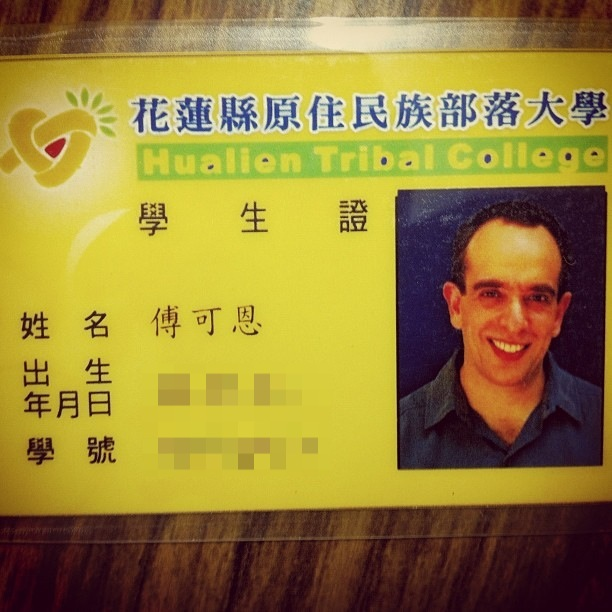In Maxwell Owusu’s classic article, “Ethnography of Africa: The Usefulness of the Useless” he criticizes anthropologists for ignoring the importance of local languages. A situation which forced many of the most respected anthropologists to rely on interpreter-informants. He argues that this reliance on interpreters has been a source of error and confusion in the field (he then blames the excesses of structuralism on such inattention to details). As I wrote in my dissertation, “language skills are something that Anthropologists rarely discuss in their ethnographies.” One exception is Stevan Harrell who wrote the following in the introduction Ploughshare Village:
For the first six weeks, I employed an interpreter to translate my Mandarin Chinese into the villagers’ Hokkien [Hoklo] and back again, but when he left to go to college, I interviewed and interacted almost exclusively in the Hokkien language, I started out missing things, but learned fast, out of necessity.
Needless to say, I am not the language learner that Stevan Harrell is. I certainly would not have been able to interact exclusively in Hokkien (a.k.a. Hoklo, Southern Min, Taiwanese…, I prefer using Hoklo) after a short six weeks. But then again, I didn’t have to. A generation separates when Harrell was in the field and when I arrived, and during that time families increasingly chose to speak to their children in Mandarin to better improve their chances in school. The result is that most people my age and younger speak Mandarin better than they do Hoklo. This meant that when I was studying Hoklo, my social network in Taipei was of little use to me, but even when I found older man from Southern Taiwan to act as my tutor, my interest flagged. I was having enough trouble with Mandarin and there just wasn’t a strong enough incentive to struggle with learning another language at the same time.
When I did leave Taipei to go to the field, I found myself in a rural community with speakers of three different local languages: Hoklo, Hakka, and Amis so, of course, Mandarin was the lingua franca. My biggest challenge there was not learning the local languages so much learning the local variety of Mandarin, one which was far different from the bookish standard we had learned in my language program. I was reminded of this recently when I spoke to one of my former teachers. She had arranged for me to give a talk back at my old language school, and was admonishing me not to sound so “local” when talking to their students. After three years struggling to teach in Taiwanese Mandarin, I told her I wasn’t sure I could still speak with the Beijing accent they taught me at school. Code switching between different varieties of Mandarin is just not in my repertoire. (And considering how much I had to unlearn what they taught me at that school, I’m not sure I support their goals, even if I do understand them.)
Athough my Mandarin is still far from perfect, I’ve decided to attempt once again to learn a local language. Not Hoklo this time, but Amis, one of Taiwan’s indigenous languages. In fact, a desire to learn at least one Formosan language was one of the major motivating factors in my decision to come to Taiwan to work. This past semester I finally managed to put aside some time to devote myself to this task, and in the weeks ahead I hope to write more about the difficulties of learning an endangered language.


